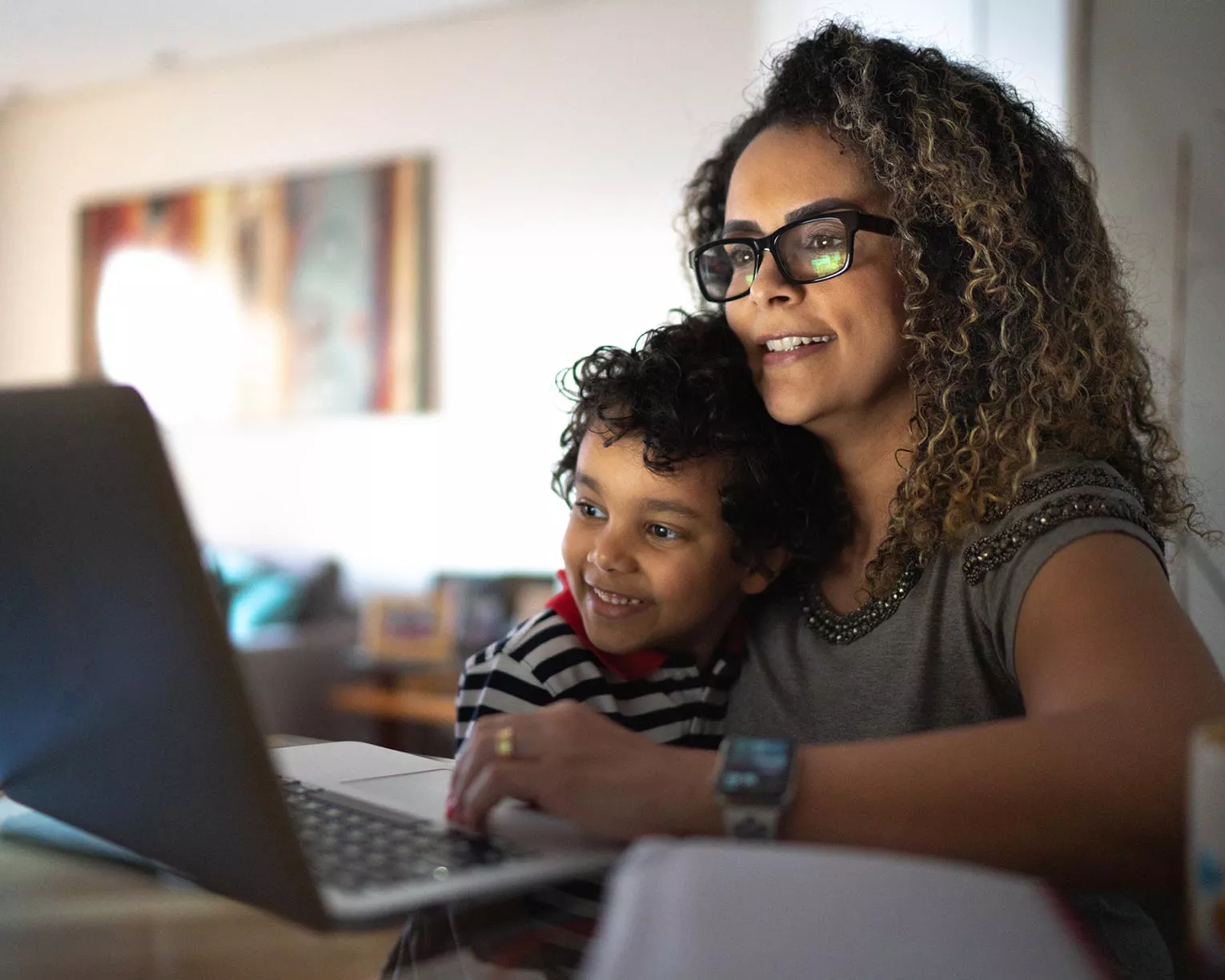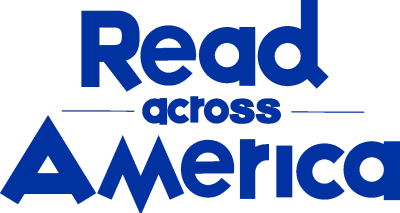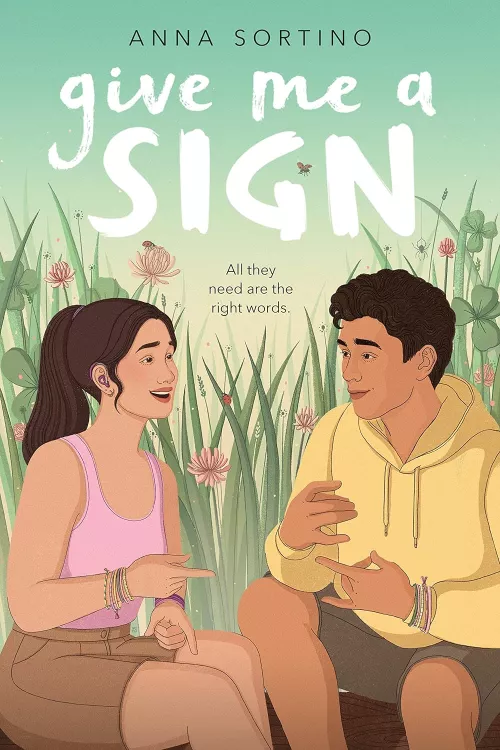Share this Book
Talk with students about how Camp Gray Wolf is designed with the needs of its campers in mind before getting them to think about what their own school would look and feel like if it were designed with the needs of everyone in mind.
After having students brainstorm a list of accessibility issues that might exist in their community, have them assess the school’s physical and digital environment, services, and instructional practices for accessibility. Make sure students are aware that there are a wide variety of disabilities, and some disabilities are visible and some are not. Students can work together in small groups to research and learn more about existing accessibility, additional accessibility needs, and inclusive practices at their school. Students should identify barriers to physical spaces and/or information as well as policies and attitudes that prevent or restrict the involvement or engagement of people with disabilities. Along with their research, students should be prepared to present some of their ideas for how to put some of their thoughts about increasing accessibility at their school into action.
Questions for Discussion or Reflective Writing
- What was your awareness of Deaf culture before you read this book? What ideas, stereotypes, assumptions, or beliefs about the Deaf, Deaf culture, deafness, or the disability spectrum did this book challenge or change for you?
- How does Lilah feel stuck in between two worlds? How does she hope to change that by going back to Camp Gray Wolf as a counselor? Have you ever felt that you were not “enough” of something to meet the expectations of a particular community? What was that experience like? How did you try to make a connection? How does Lilah bring both worlds together? How does your experience compare to Lilah’s as she comes to embrace her Deaf identity in her own way?
- What do you think of Mackenzie? How does getting to know Mackenzie provide Lilah with an opportunity to think about the relationships she has with other hearing people in her life and what might change if she advocated for herself more effectively?
- What did you think of Isaac? Why do you think it was difficult for him to emotionally communicate with Lilah?
- Where is Lilah in the process of her coming of age by the end of the book? How do her experiences at Camp Gray Wolf affect her growth? What has she learned about herself? What do you think the future looks like for Lilah?
- How did the book demonstrate how ableism is ingrained in our society and the consequences it has? What ideas did the book give you for how you can be anti-ableist?
Related Resources
Give Me a Sign Reader’s Guide & Discussion Questions from the author
Disability Rights and Inclusion Online Learning Opportunity from NEA
Lesson Plans from Disability Equality Education
School Accessibility Scavenger Hunt from Vermont SILC
More Titles to Try
Stay on top of current education news



